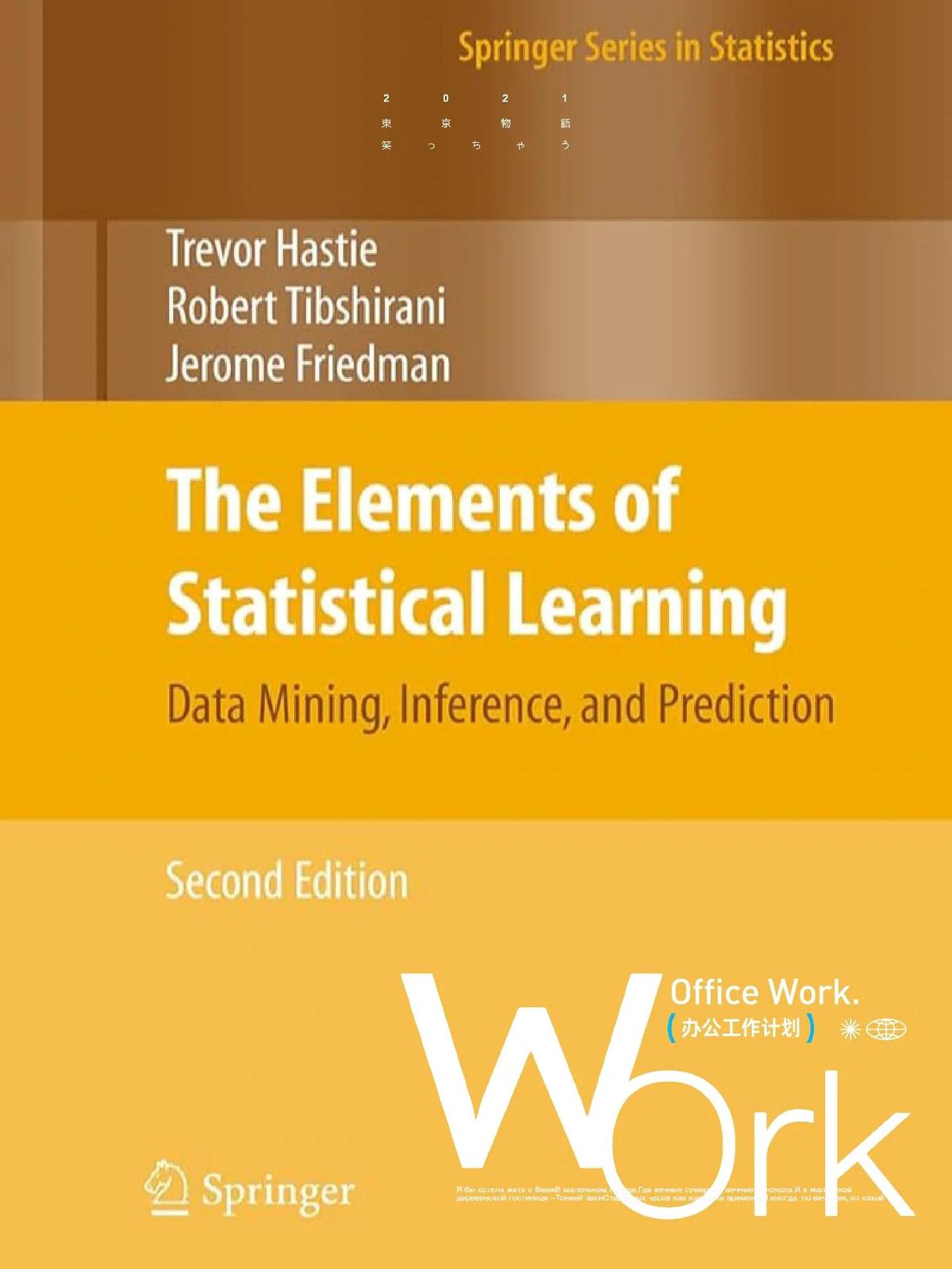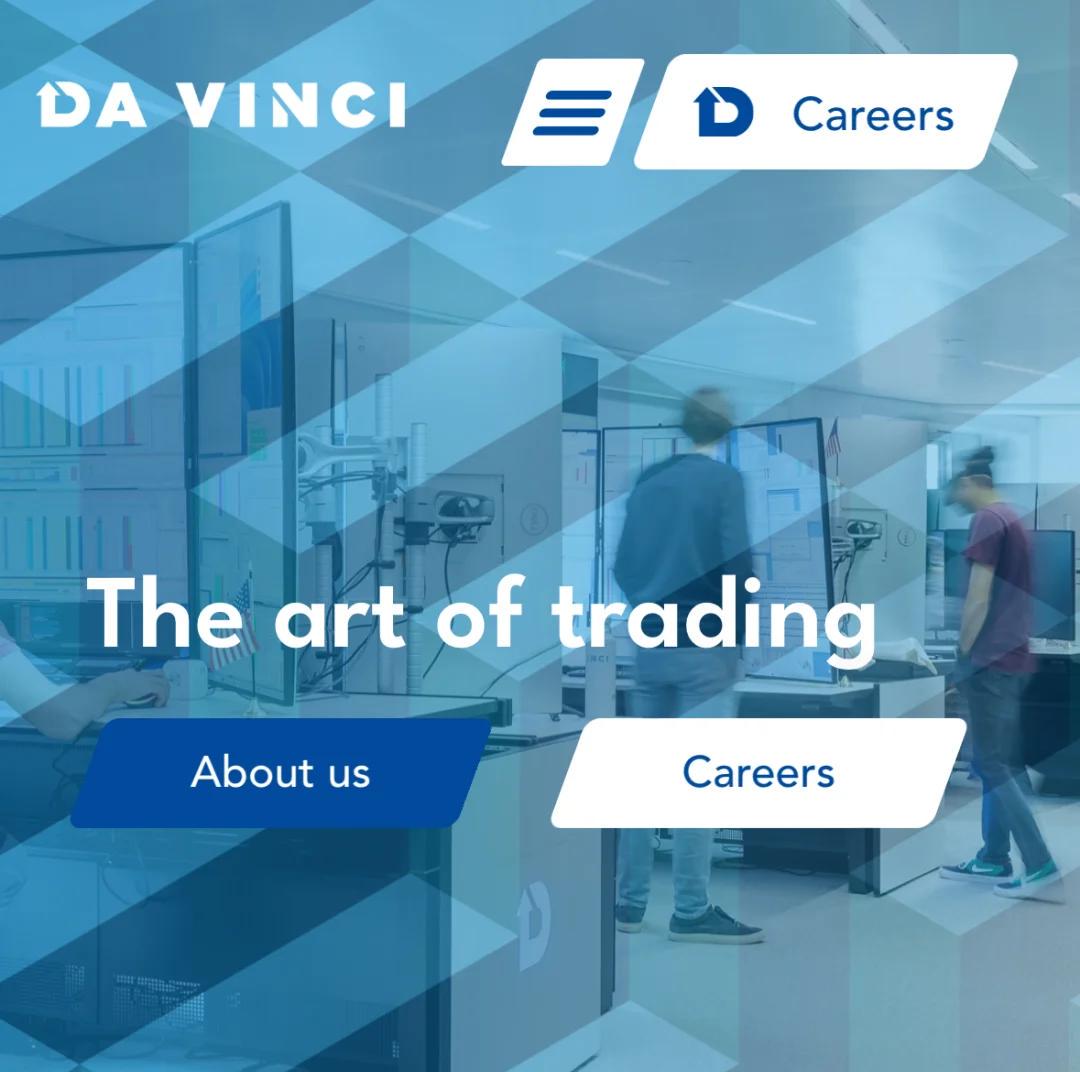===================================
Building a quant trading system is one of the most challenging yet rewarding projects for traders, data scientists, and financial engineers. A well-designed quantitative trading system can transform raw data into actionable signals, automate trading decisions, and systematically capture profits in different market environments. However, it requires a balance of financial theory, coding skills, risk management, and continuous iteration.
In this article, we will provide a comprehensive guide on how to build a quant trading system, covering everything from conceptual design and data collection to strategy development, backtesting, execution, and deployment. We’ll compare two major approaches (rule-based vs. machine learning-based systems), explore their pros and cons, and offer insights based on real-world experiences.
By the end, you’ll have a clear roadmap to building your own trading engine while understanding the practical challenges and opportunities that come with quant trading.
What Is a Quant Trading System?
A quant trading system is an automated framework that uses quantitative models—based on mathematical, statistical, or algorithmic rules—to make trading decisions. Unlike discretionary trading, it eliminates human emotions, relying instead on data-driven signals.
Key components of a quant system:
- Data ingestion (price data, fundamentals, alternative datasets).
- Signal generation (models identifying buy/sell opportunities).
- Risk management (stop-loss, position sizing, portfolio constraints).
- Execution engine (interfaces with brokers or exchanges).
- Monitoring & optimization (performance analysis, parameter tuning).
Step 1: Defining Your Trading Objective
Before writing a single line of code, you must define the objective of your quant system:
- Do you want to arbitrage inefficiencies?
- Are you focusing on trend-following?
- Or building a market-neutral strategy?
Your objective influences the type of data you’ll need, the models you’ll build, and the execution infrastructure required.

Step 2: Data Collection and Preparation
Data is the lifeblood of any quant system. Reliable, clean, and well-structured data leads to better models and backtests.
Types of Data
- Market data: OHLCV (Open, High, Low, Close, Volume).
- Fundamental data: Company earnings, macroeconomic indicators.
- Alternative data: Social sentiment, Google Trends, on-chain blockchain data.
Data Quality Considerations
- Completeness: No missing timestamps.
- Accuracy: Prices should match exchange records.
- Granularity: Tick data vs. 1-minute vs. daily bars.
Data pipeline for collecting and preparing financial datasets for quant strategies.
Step 3: Strategy Development
Rule-Based Quant Strategies
Rule-based strategies rely on deterministic rules derived from technical analysis, statistical indicators, or financial models.
Example:
- Moving average crossover strategy.
- Pairs trading using cointegration tests.
- Mean-reversion using Bollinger Bands.
Pros:
- Easy to implement.
- Transparent and explainable.
Cons:
- Limited flexibility in adapting to changing markets.
- Can be exploited once widely known.
Machine Learning-Based Quant Strategies
Machine learning (ML) uses algorithms to detect patterns in historical data and make predictions.
Example:
- Using Random Forest or XGBoost to predict short-term returns.
- Neural networks for regime detection.
- Reinforcement learning for adaptive trading.
Pros:
- Adaptive to evolving market conditions.
- Can capture complex, nonlinear relationships.
Cons:
- Requires large datasets.
- Risk of overfitting and lack of explainability.
Comparison of rule-based vs. machine learning strategies in quant trading.
Step 4: Backtesting and Validation
Backtesting ensures your strategy works on historical data before risking real capital.
Key Backtesting Metrics
- CAGR (Compound Annual Growth Rate) – measures long-term returns.
- Sharpe Ratio – return per unit of risk.
- Max Drawdown – largest portfolio decline.
- Win Rate & Profit Factor – trade-level analysis.
Pitfalls to Avoid
- Overfitting: Tuning parameters until results look unrealistically good.
- Look-ahead bias: Using information not available at the time of trade.
- Survivorship bias: Ignoring delisted assets.
Step 5: Execution and Infrastructure
A strong system is useless without efficient execution. Latency, slippage, and transaction costs can erode profits.
Execution Options
- Broker APIs: Interactive Brokers, Alpaca, TD Ameritrade.
- Crypto exchanges: Binance, Coinbase Pro, Bybit.
- Execution algorithms: VWAP, TWAP, iceberg orders.
Infrastructure Requirements
- Cloud-based servers for uptime.
- Database for storing trades and logs.
- Monitoring dashboards for real-time performance.

Step 6: Risk Management
No trading system is complete without robust risk controls.
Key risk management methods:
- Position sizing based on volatility.
- Stop-loss & take-profit rules.
- Diversification across assets/strategies.
- Expected shortfall and VaR models for stress testing.
Risk management ensures that even if your edge is small, you stay in the game long enough for it to play out.
Step 7: Continuous Improvement
Markets evolve, and so should your system. Regularly review:
- Performance metrics (Sharpe, drawdowns).
- Strategy drift (degradation over time).
- Data sources (new alt data).
- Execution costs.
This aligns with how quantitative trading works since iterative improvements are core to staying competitive.
Comparing Two System Approaches
| Feature | Rule-Based Quant System | Machine Learning Quant System |
|---|---|---|
| Complexity | Low to medium | High |
| Data requirements | Small to moderate | Large datasets needed |
| Transparency | High | Low (black-box models) |
| Adaptability | Low | High |
| Best suited for | Beginners, retail traders | Professionals, hedge funds |
👉 If you’re just starting, rule-based systems provide an excellent foundation.
👉 For advanced users, ML-based systems offer scalability and competitive edges but demand more resources.
FAQs on Building a Quant Trading System
1. How do I start building my first quant trading system?
Start small. Focus on one simple rule-based strategy such as moving average crossovers. Use historical data to backtest, then paper trade before committing real capital. For beginners, guides like How to start quantitative trading provide a structured pathway.
2. Do I need to know advanced programming to build a quant system?
Not necessarily. Python, with libraries like Pandas, NumPy, scikit-learn, and backtrader, makes it accessible. However, as your system scales, coding skills in Python, C++, or Rust become essential for performance optimization.
3. How much money do I need to run a quant trading system?
It depends. Some retail traders start with as little as $1,000 in crypto markets, while professional hedge funds manage billions. The key is scalability—ensure your system works at small sizes before deploying larger capital.
Conclusion: The Best Approach to Building a Quant System
To build a robust quant trading system, follow this roadmap:
- Define your objectives.
- Collect clean, reliable data.
- Choose between rule-based or ML-based strategies.
- Backtest rigorously.
- Implement efficient execution infrastructure.
- Apply strict risk management.
- Continuously monitor and optimize.
For beginners, start with rule-based strategies to grasp fundamentals. For professionals, integrate machine learning for adaptive edge. Ultimately, the best system combines simplicity in design, discipline in execution, and flexibility to adapt.
If this guide on how to build a quant trading system helped you, share it with your peers, drop your questions in the comments, or start a discussion in your trading community. Collective learning is the fastest way to mastery in the quant world.
Would you like me to also include Python code snippets for a basic backtest setup so the article becomes even more practical and hands-on?

0 Comments
Leave a Comment